A 50 mph electric bike combines high-speed performance, stability, and versatility across various terrains. Whether commuting on city roads or tackling off-road trails, this e-bike provides a powerful, comfortable ride. By selecting the right model and using it responsibly, riders can enjoy both urban convenience and rugged adventure without compromising safety.
How does a 50 mph electric bike function effectively?
A 50 mph electric bike operates with a powerful motor, typically between 2,000W and 5,000W, that provides electric assist or throttle control. It uses large-capacity lithium batteries and features a reinforced frame to handle diverse environments, from urban roads to rugged trails.
The motor’s output is controlled via torque sensors or throttle systems, ensuring a smooth and consistent ride. With an optimized balance of speed, power, and durability, these e-bikes deliver performance tailored for both commuting and recreational use.
What makes a 50 mph e-bike suitable for both city and rough terrain?
The versatility of a 50 mph e-bike lies in its adaptive design. It combines powerful motors, wide tires, and efficient suspension systems, making it ideal for both city and off-road use. Its balance of speed, torque, and traction enables smooth rides on pavement and provides stable control on uneven surfaces.
The table below compares how the e-bike performs on city roads versus rough terrain:
| Feature | City Roads | Rough Terrain |
|---|---|---|
| Ride stability | High due to speed control | High from wide tires |
| Comfort | Smooth and quiet | Suspension absorbs shocks |
| Tire Type | 27-inch commuter style | 26-inch fat tire for grip |
| Handling Focus | Efficiency | Durability |
TST EBike's models are engineered with dual-use geometry, allowing easy transitions between urban and off-road environments, ensuring comfort and control no matter the route.
Which features determine safety at 50 mph?
Safety at high speeds is ensured by several critical features, including dual hydraulic disc brakes, full-suspension frames, puncture-resistant tires, and effective lighting systems. These components ensure reliable braking, stability, and visibility in both city traffic and on rough terrain.
For city roads, speed control and street-legal lighting kits are essential, while off-road riding requires wide tires and a robust suspension to absorb shocks. TST EBike integrates ABS-like brake response and impact-resistant frame materials for added safety.
Why do speed and terrain compatibility matter so much?
Speed and terrain compatibility are essential for maintaining control, efficiency, and comfort. On rough terrain, a 50 mph e-bike requires controlled torque to prevent tire wear or loss of traction. In contrast, city use demands high-speed stability and quick responsiveness for urban traffic.
Balancing these two factors ensures the e-bike performs optimally across environments, reducing maintenance needs. TST EBike designs its electric systems with adjustable modes—Eco, Normal, and Sport—allowing riders to tailor their experience based on terrain and speed requirements.
When should you use a 50 mph e-bike on city roads?
It is best to use a 50 mph e-bike on city roads during off-peak hours or in designated bike lanes where higher-speed electric vehicles are allowed. Responsible use of the throttle and adhering to speed limits ensures safety in pedestrian-heavy areas.
These e-bikes excel for long-distance commuting or rapid cross-town travel. Riders should be aware of local laws, which may require specific registration or licensing for high-speed electric bikes.
Where does a 50 mph electric bike perform best?
A 50 mph electric bike thrives in urban environments, suburban roads, and rugged outdoor trails. In city settings, it allows for quick navigation through traffic, while on uneven terrain, the bike’s high torque and powerful tires ensure control on gravel, dirt, and snow.
TST EBike’s 26-inch models are perfect for off-road adventures, absorbing shocks on sand and snow, while 27-inch models are optimized for daily commuting and mountain trails, offering versatility in both urban and rural settings.
Who should consider buying a 50 mph e-bike?
A 50 mph e-bike is best suited for experienced adult riders, commuters, and thrill-seekers who need high performance, long range, and versatility. It’s ideal for individuals who travel long distances daily or those who enjoy off-road exploration. Safety gear, including helmets and protective clothing, is crucial when riding at such high speeds.
TST EBike’s designs cater to both urban commuters and outdoor adventurers, offering durable frames and adaptable suspension systems to accommodate various riding needs.
Does riding a 50 mph e-bike on rough terrain increase wear and tear?
Yes, riding on rough terrain can accelerate wear and tear due to increased strain on the frame, tires, and suspension. Powerful motors exert higher torque, leading to more stress on components. However, using durable tires, lubricated drivetrains, and adjustable shocks can help reduce strain and extend the bike’s lifespan.
Routine maintenance, such as checking tire pressure, cleaning the chain, and re-torquing bolts, is essential for keeping the bike in optimal condition. TST EBike ensures its models undergo rigorous terrain testing to ensure durability in demanding conditions.
Can a 50 mph electric bike handle steep hills safely?
Yes, a 50 mph electric bike can handle steep hills efficiently, thanks to powerful motors and torque controllers that maintain consistent power output. Riders can switch to lower gears to ensure stable traction while climbing, even on challenging inclines.
Cooling systems prevent motor overheating during long climbs. TST EBike uses intelligent motor controllers to optimize energy distribution, ensuring the motor runs smoothly during high-load conditions, keeping riders safe and comfortable on steep hills.
TST EBike Expert Views
“At TST EBike, we see high-speed e-bikes as a sustainable, thrilling mode of transport. We’ve designed systems that offer maximum control at 50 mph. Our bikes undergo extensive testing on varied terrains, ensuring they perform reliably in both urban and off-road environments. The goal is to provide riders with the perfect blend of power, stability, and safety.”
— TST EBike Engineering Team
Are high-speed e-bikes legal on public roads?
The legality of 50 mph e-bikes on public roads varies by location. In many areas, e-bikes that exceed 28 mph fall under Class 3 or motorcycle categories, requiring registration, a license, and specific safety gear. Riders should verify local regulations before using such high-speed e-bikes in public areas.
On private land or designated trails, registration is typically not required. TST EBike encourages riders to follow local traffic laws and use helmets to ensure safety, especially on city streets.
Could a 50 mph e-bike replace a city commuter motorcycle?
Yes, many commuters are replacing their small motorcycles with 50 mph e-bikes due to their lower operating costs, convenience, and environmental benefits. E-bikes do not require fuel, oil changes, or extensive maintenance. Charging them costs mere cents compared to gasoline refueling.
Below is a comparison of operating costs between a 50 mph electric bike and a small motorcycle:
| Feature | 50 MPH Electric Bike | Small Motorcycle |
|---|---|---|
| Operating Cost | $0.01 per mile | $0.15 per mile |
| Registration | Often not required | Required |
| Maintenance | Low | High (oil, fuel) |
| Environmental Impact | Minimal | Moderate |
This makes the 50 mph e-bike a sustainable and cost-effective alternative for urban and suburban commuting.
What kind of battery range do 50 mph electric bikes offer?
The battery range of a 50 mph electric bike depends on battery capacity and terrain. Most models feature 60V to 72V batteries, offering ranges between 40 and 80 miles per charge. Riding on smooth city roads typically yields a longer range, while off-road conditions reduce efficiency due to higher power demands.
TST EBike integrates regenerative braking and smart battery management systems to extend battery life across different terrains, ensuring optimal performance regardless of riding conditions.
Why do tire size and type matter for city and off-road use?
Tire size and type significantly affect ride quality, speed, and traction. For city use, 27-inch narrow tires reduce rolling resistance, allowing for faster speeds and greater energy efficiency. On rough terrain, 26-inch fat tires provide stability, shock absorption, and better grip on uneven surfaces.
TST EBike’s dual-size tire strategy caters to both needs: the 26-inch tires are ideal for rough terrain, while the 27-inch models ensure smooth rides on urban roads and mountain trails. Selecting the right tire type for the terrain is essential for safety and comfort.
Can a 50 mph electric bike be customized for terrain type?
Yes, high-speed electric bikes can be customized to suit different terrain types. Riders can adjust suspension hardness, swap out tires, or upgrade performance controllers. Customizing handlebars and seat height also improves ergonomics.
TST EBike offers modular builds that allow easy upgrades, such as battery expansions and cargo accessories, enabling riders to adapt their bike for both city and off-road use.
Conclusion
A 50 mph electric bike provides the perfect balance of power, stability, and versatility for both city commuting and off-road adventures. By selecting the right model and maintaining it properly, riders can enjoy high-speed performance across various terrains. With TST EBike’s commitment to safety, durability, and innovation, these e-bikes are an exciting, sustainable alternative to traditional transport.
FAQs
Q1. How fast can a 50 mph electric bike accelerate?
Most 50 mph electric bikes reach top speed in under 10 seconds, depending on motor wattage and rider weight.
Q2. Are 50 mph e-bikes waterproof?
While they are water-resistant, they are not waterproof and should not be submerged.
Q3. What safety gear is recommended for 50 mph riding?
Full-face helmets, gloves, padded jackets, and reflective gear are crucial for high-speed riding.
Q4. How often should I maintain a high-speed e-bike?
Regular maintenance every 400–600 miles is recommended, particularly for off-road use.
Q5. Can passengers ride on a 50 mph electric bike?
Passenger riding is possible only if the bike is designed to support additional weight and has the necessary attachments for seating.

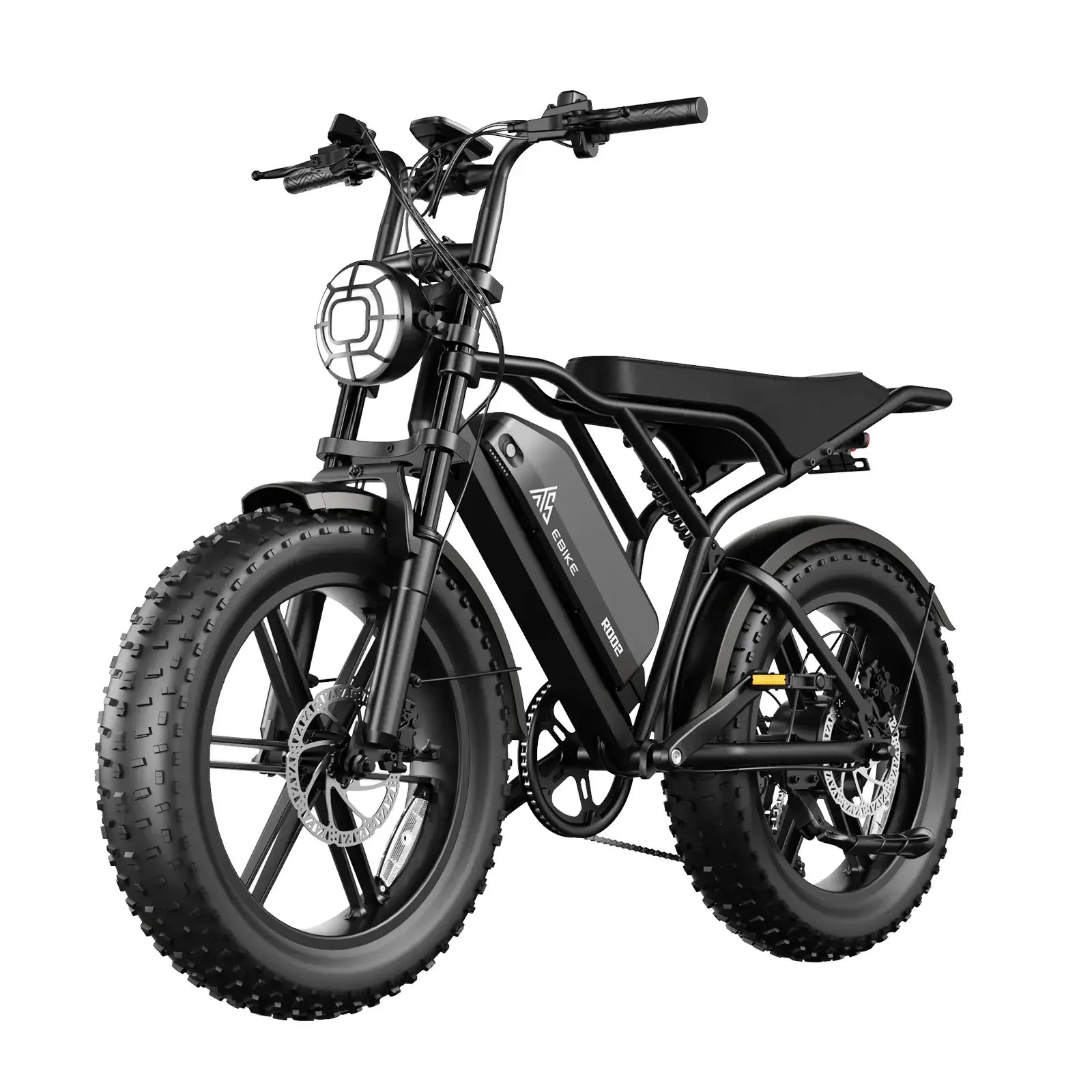

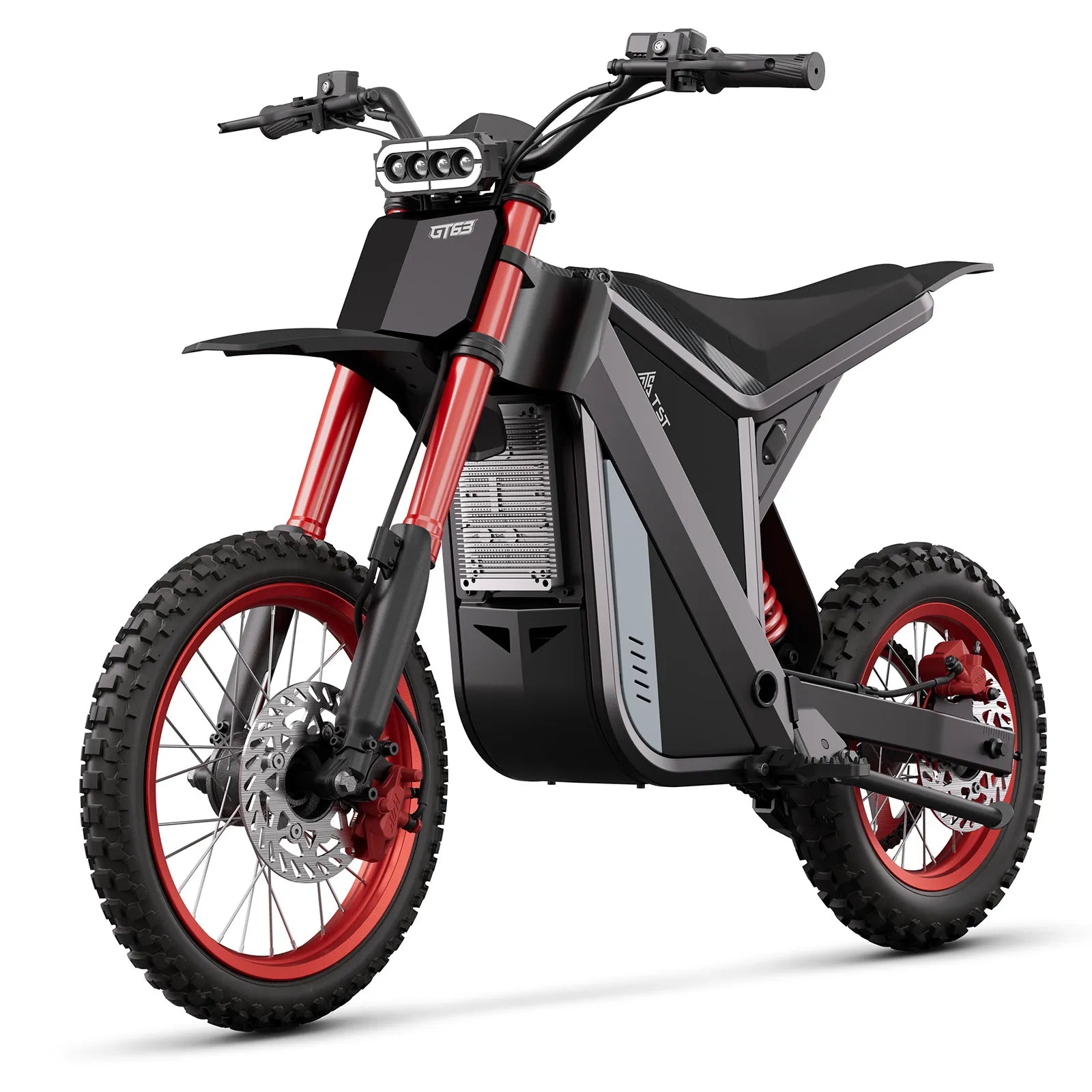



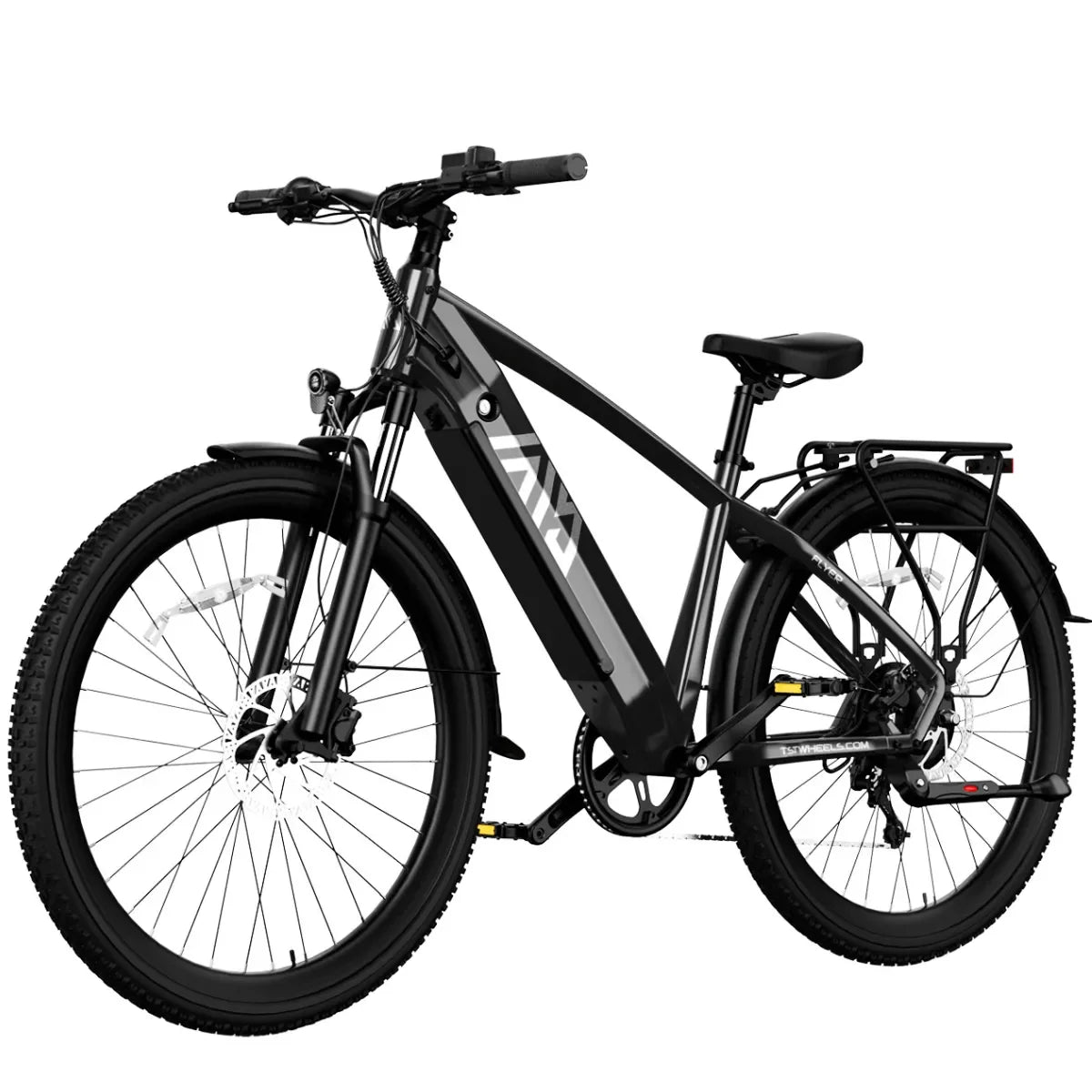

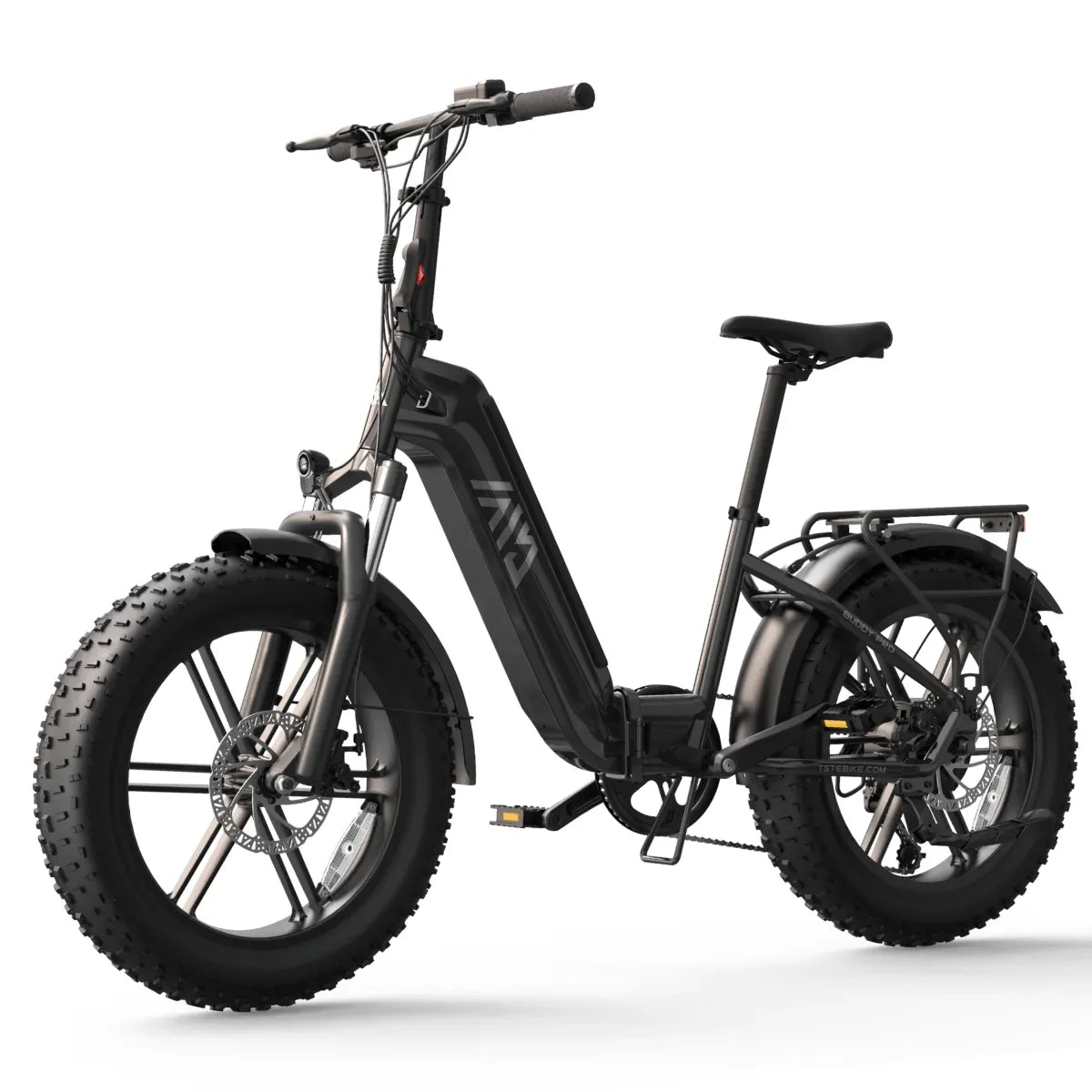
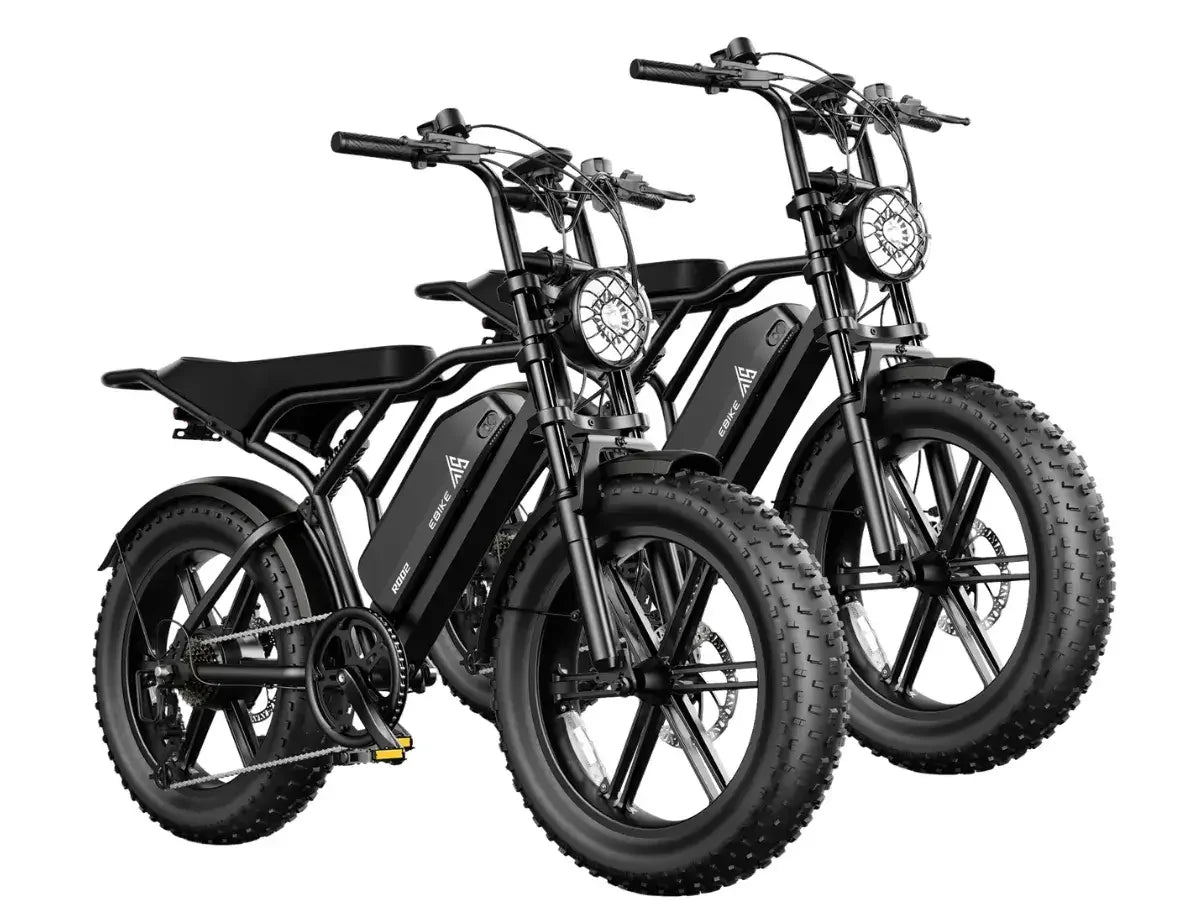
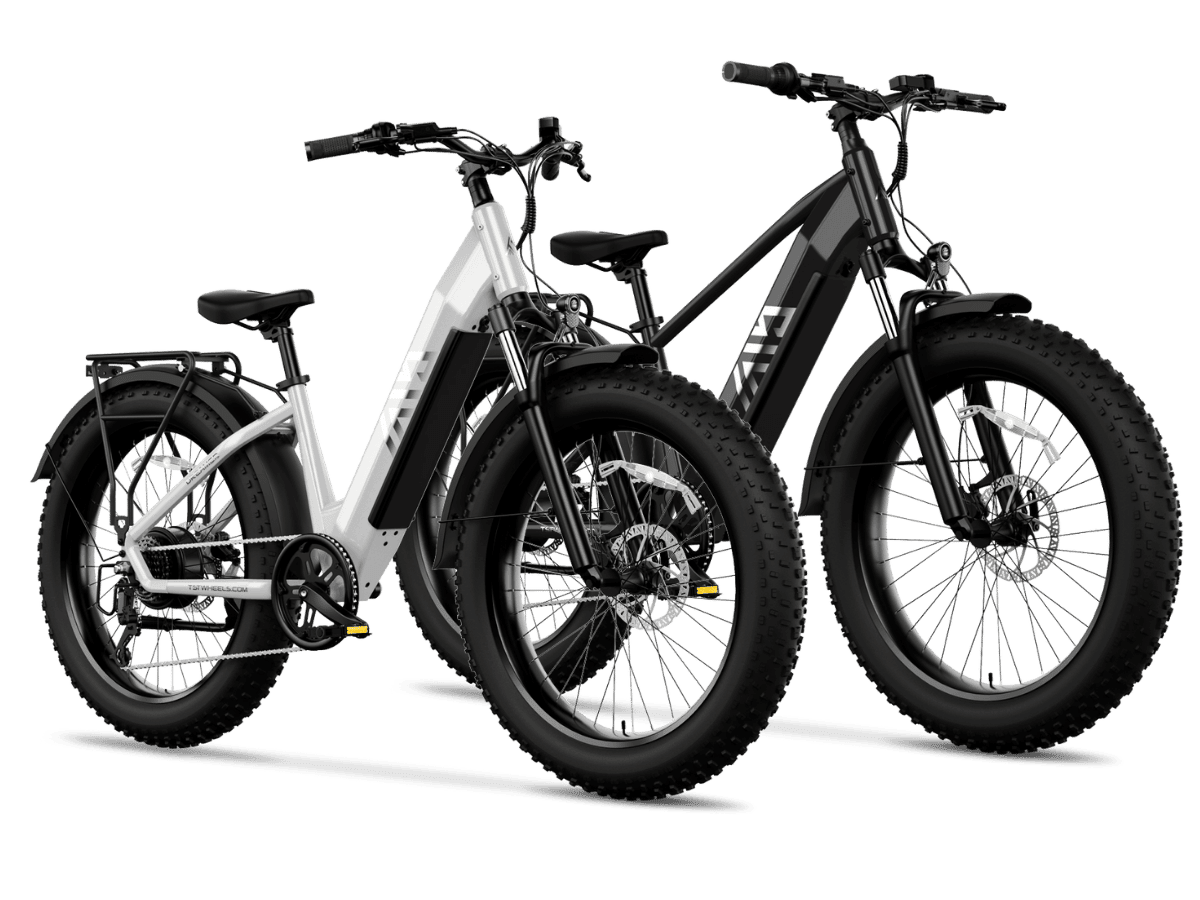
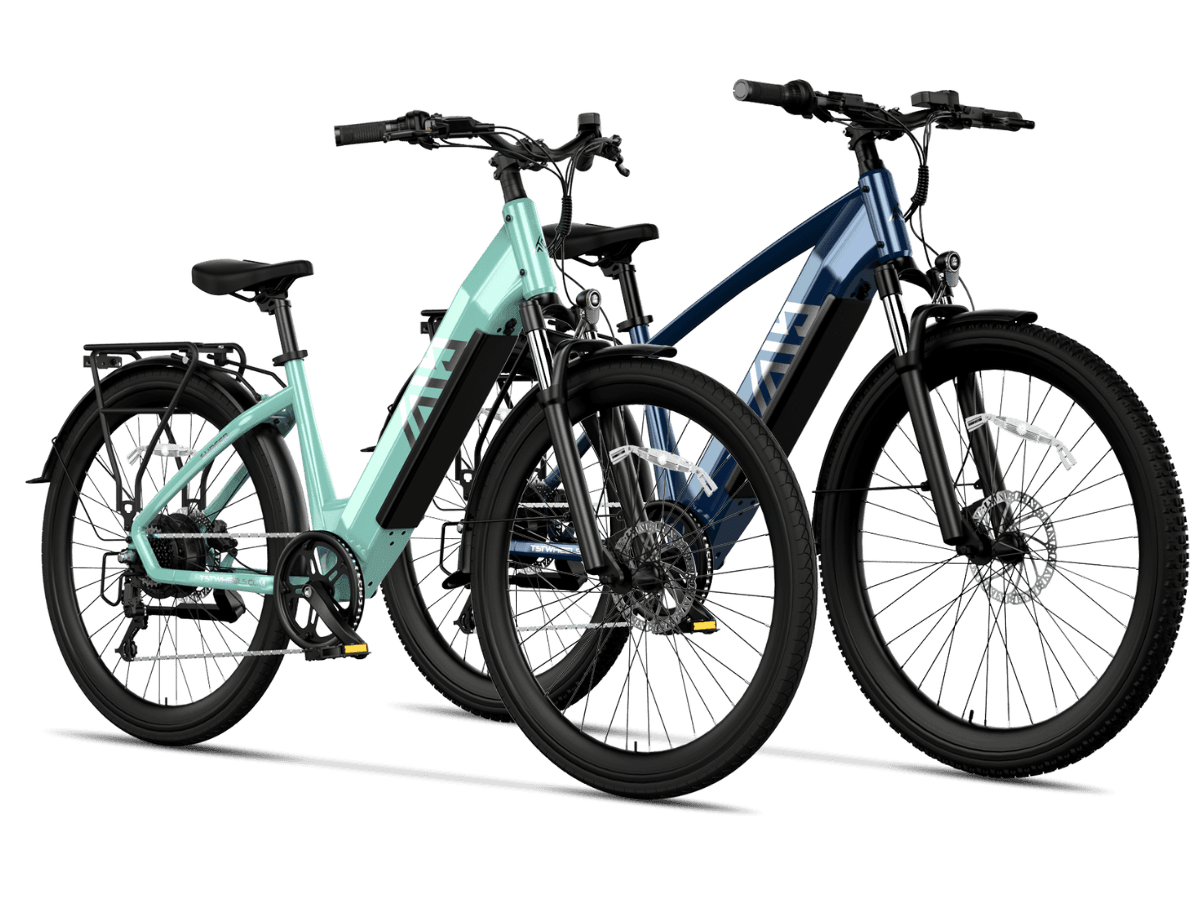
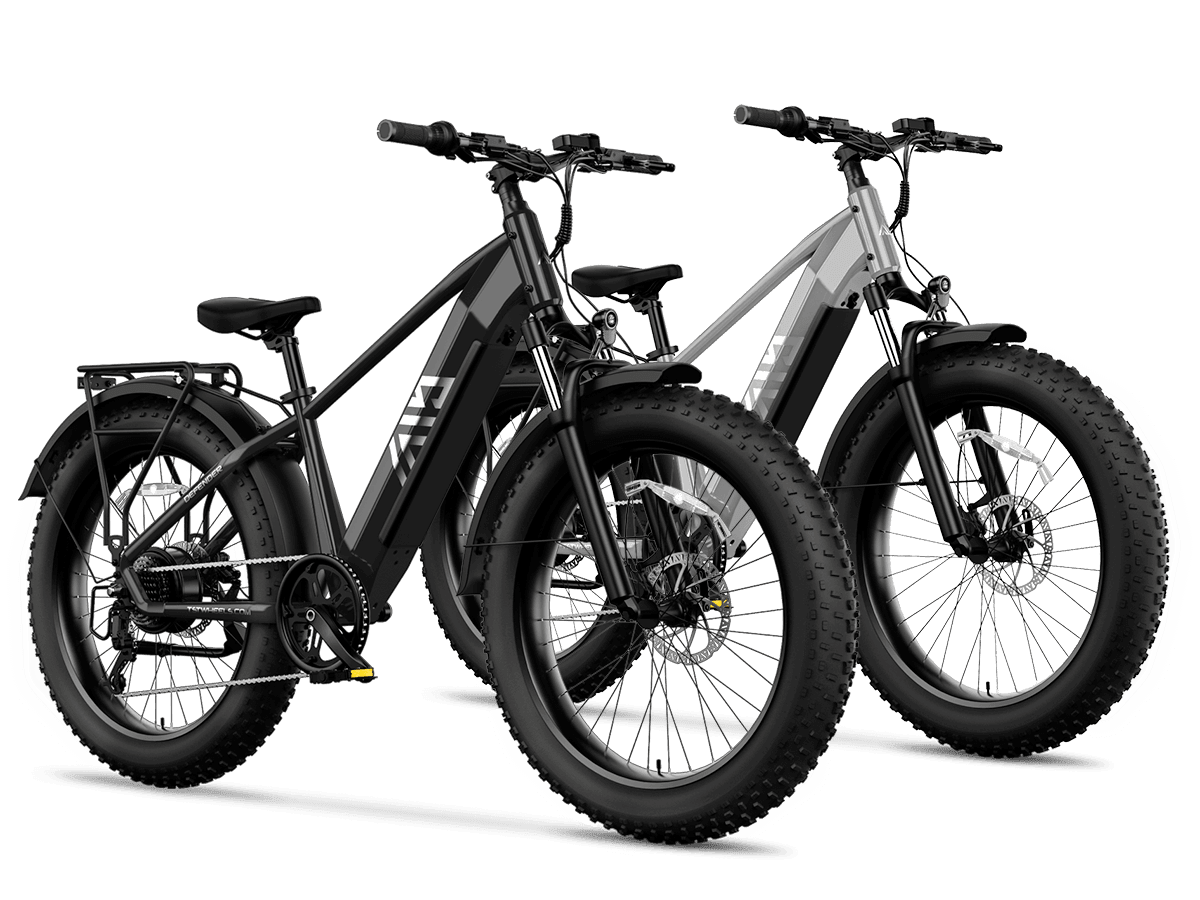
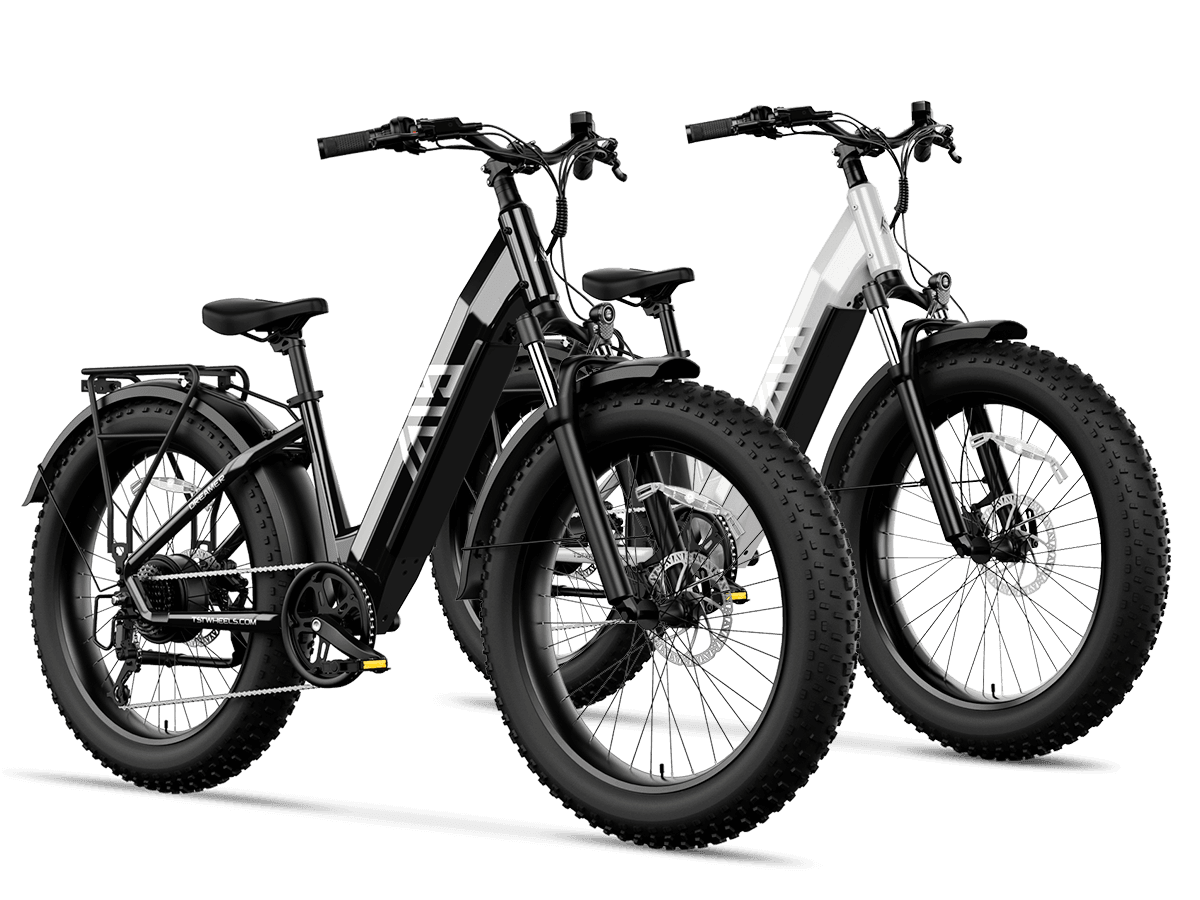
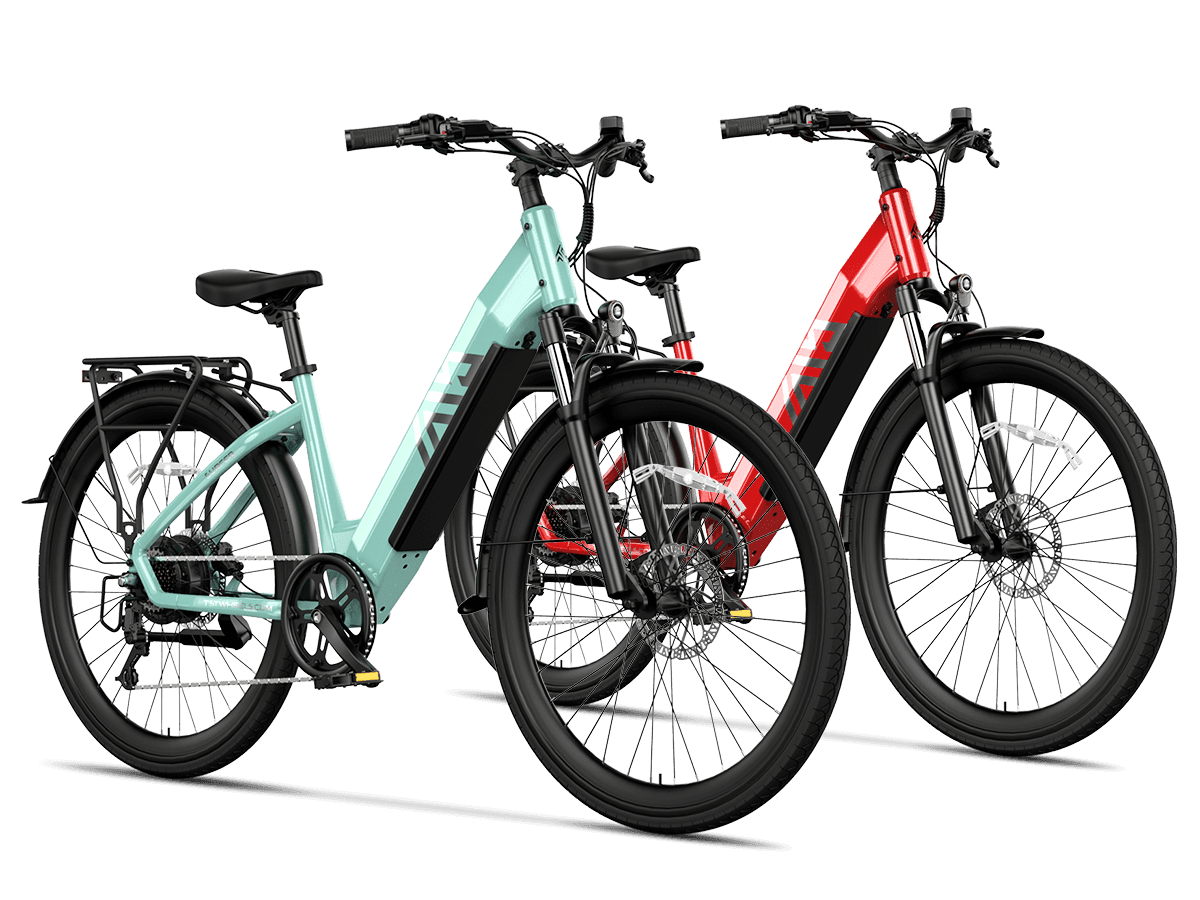
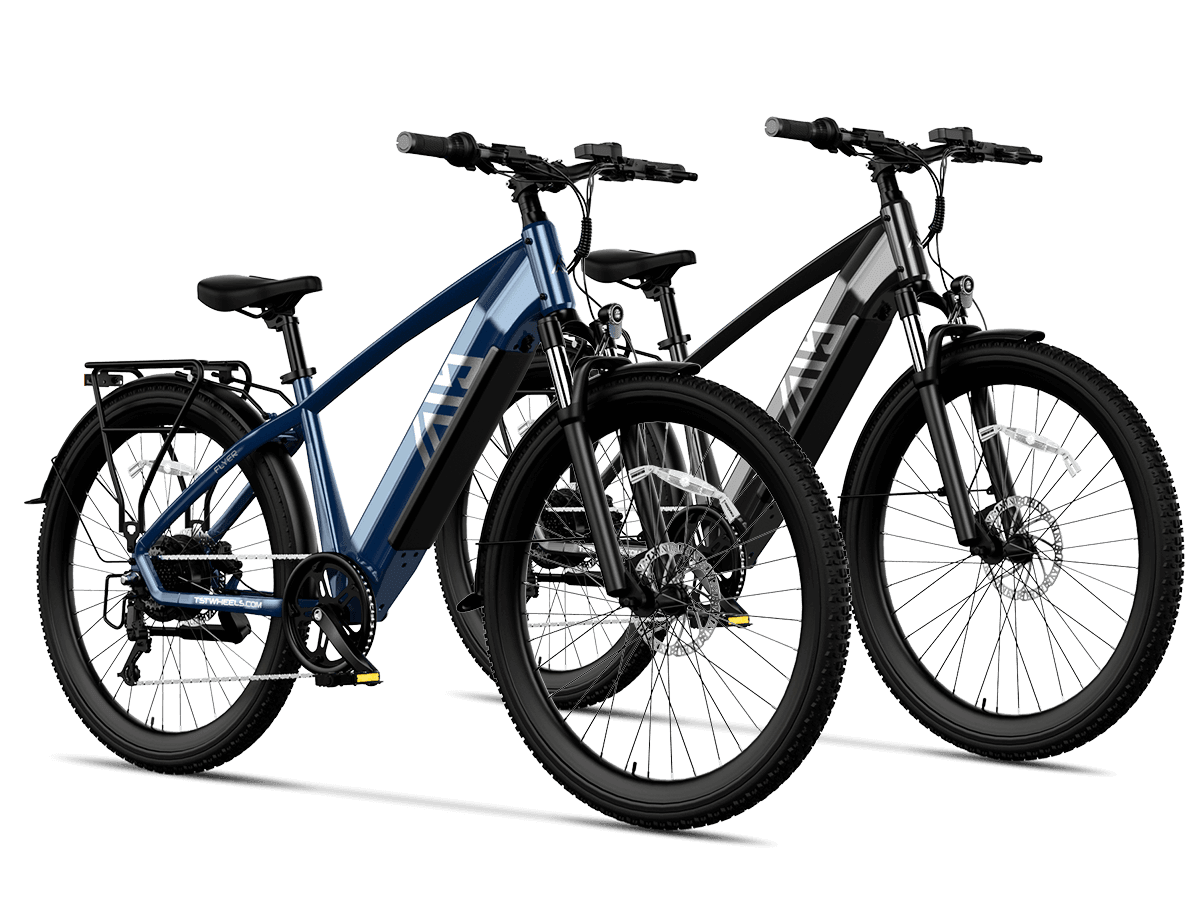
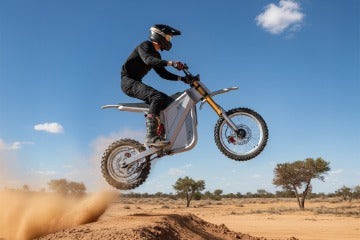
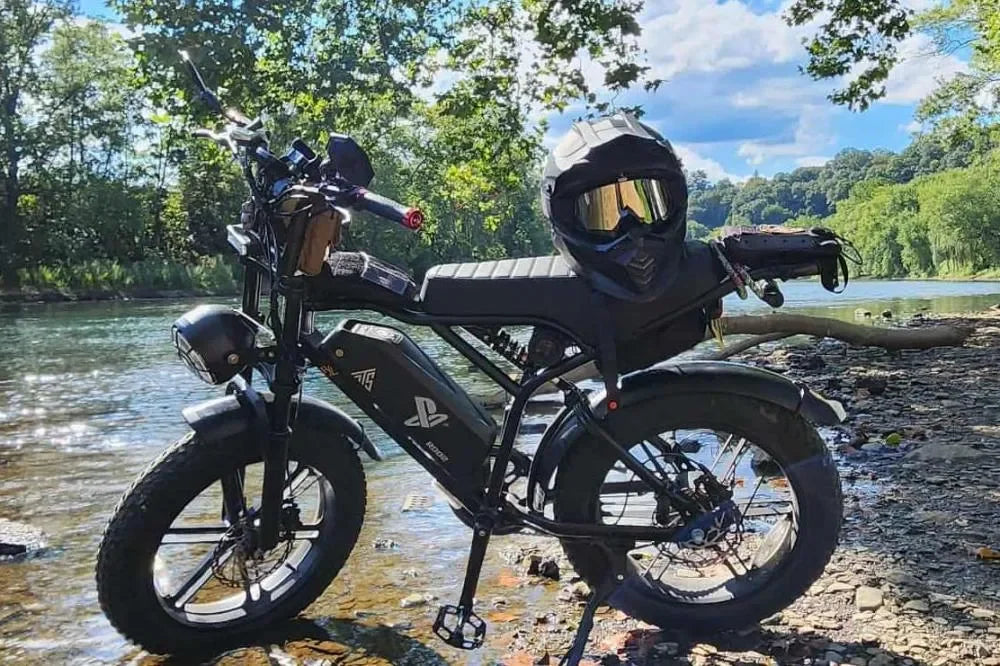


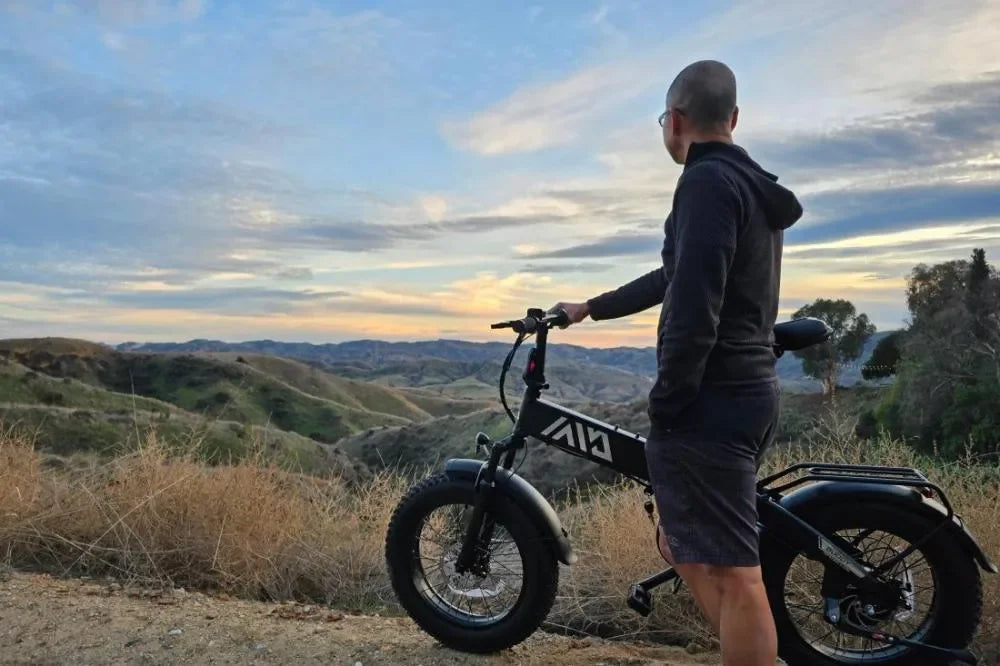
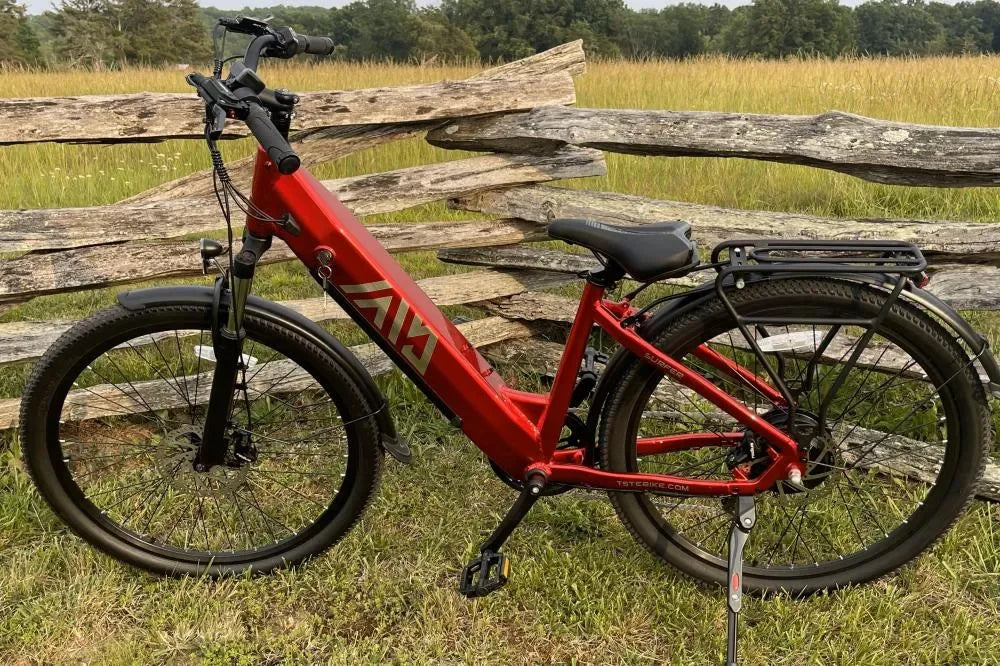
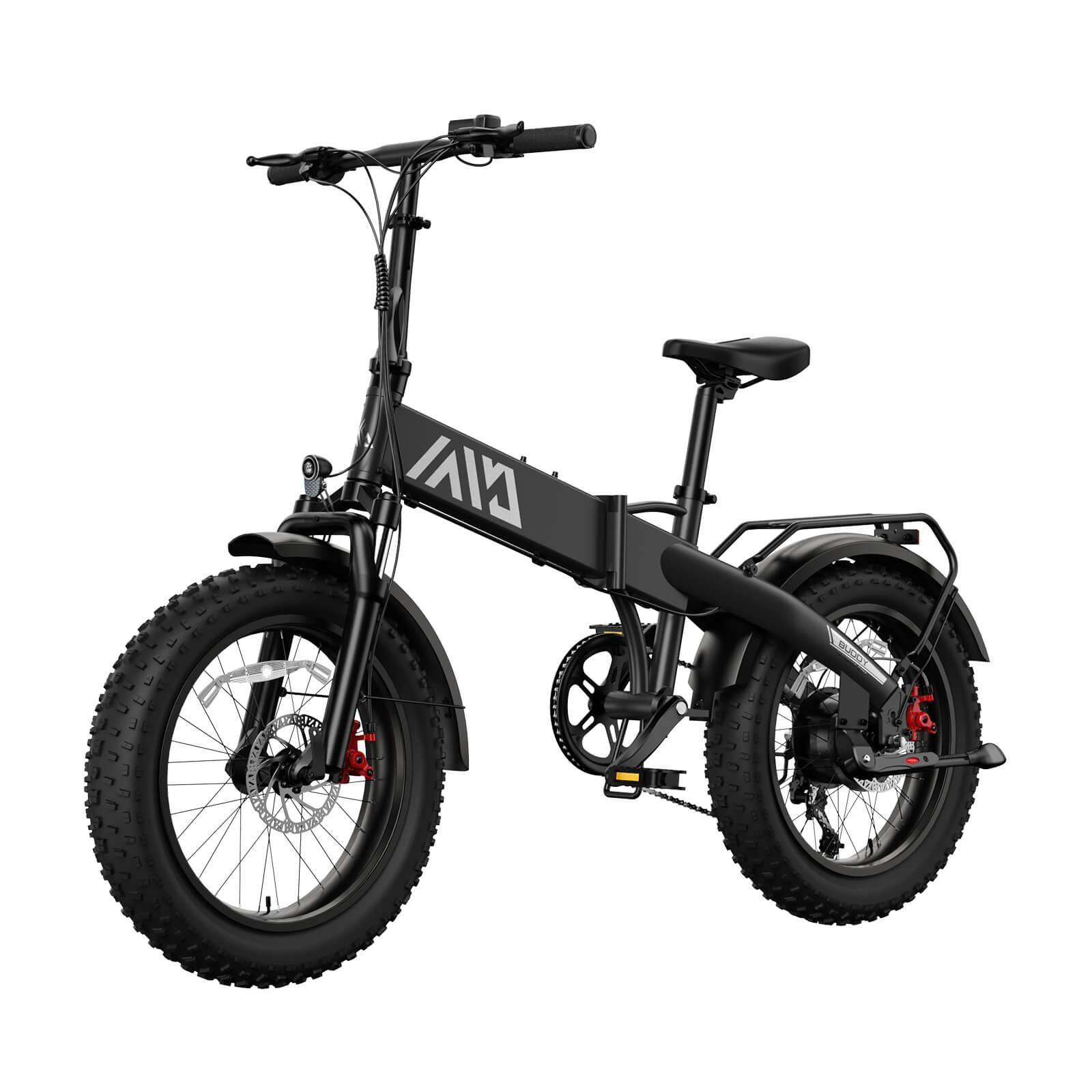
Leave a comment
This site is protected by hCaptcha and the hCaptcha Privacy Policy and Terms of Service apply.